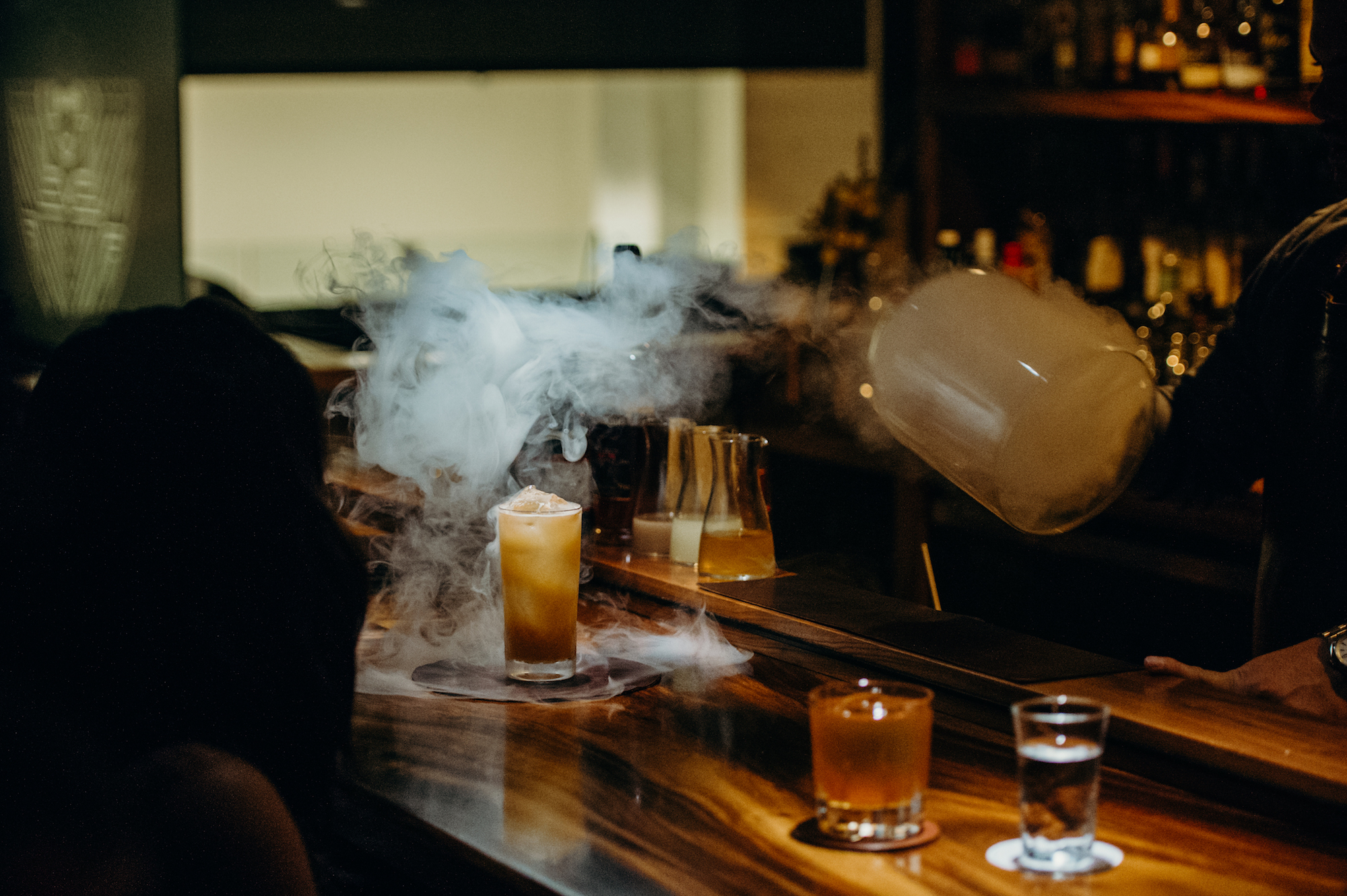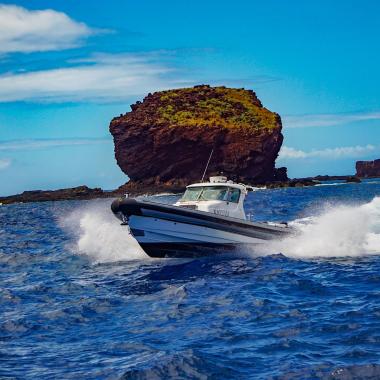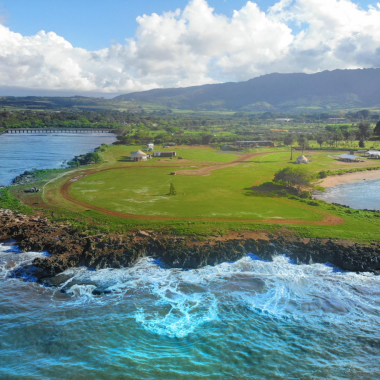Kyle Reutner
Tended and harvested with care by human hands, heirloom kō like pakaweli is living again in the very fields abandoned by Big Ag when the sugar industry became unprofitable. It’s juiced fresh to create agricole rum, a very different spirit from the industrial, molasses-based rum that most people are familiar with. They’re about as different from each other as bleached white table sugar is from a juicy bit of kō pulp the ancient Hawaiians might have chewed 800 years ago, to ward off thirst, settle an upset stomach and even brush their teeth.
The pakaweli stalk will be a gift as Kyle visits Oʻahu’s foremost bartenders at mixology-forward places like the exclusive Bar Leather Apron, Waikīkī rooftop Hideout, the speakeasy at Harry’s Hardware Emporium and the ever-innovative The Pig and the Lady. These are true craftspeople. They would quit their jobs if they had to serve one of the syrupy, premixed concoctions that have tarnished the reputation of tropical and tiki drinks like the Mai Tai. Kyle’s always delighted to learn how they’re reviving old favorites and inventing new ones by bringing out the unique flavors of kō - from banana blossoms, lychee and lime fruit to olive brine, anise and grass. And he loves to see bargoers enjoying a taste of agricultural history made new again.

Why did heirloom cane go away, and what made you decide to grow it?
There was kō here before contact. But during the Plantation Era, it got pushed to the side for "modern cane” and wasn't grown any more.Modern canes go straight up and down. They're really rigid. They don't have very much juice. And they're really easy to extract sugar from. They look like bamboo, frankly, just yellow green.
Heirloom canes are purple, and striped, and pink. They have purple leaves. They don't like to grow straight. They bend over. And they're super juicy. Almost everything about them is different. And that's why the plantations didn't like them, because it's hard to deal with things that are different. They're hard to manage, they don't produce as much, they’re harder to grow, harder to understand, and you have to be at the whim of the plant and not vice versa. So there was this change to disease-resistant, sugar-filled, lower-juice-content beasts of agriculture.
The last sugar mill closed on Maui in December 2016. We're on the land of a very old agricultural company that decided they no longer wanted to be in Hawaiʻi. There were jobs lost, there was a void that needed to be filled, and it can be filled in a lot of different ways. It can be filled with condominiums and homes. It can be filled with classic agricultural methods. It can be filled with aquaponic farms, or organic lettuces. There's a lot of possibilities. We chose to try to return it to what we thought would be a beautiful end product.


"Now there's an opportunity to plant these kō again, and to really showcase the beauty of noble cane."
If the heirloom kō was pushed aside by industrial cane, how did you get it?
The kō was salvaged by a handful of ethnobotanists and scientists, guys like Dr. Noa Lincoln and his colleagues. Thanks to them, now there's an opportunity to plant these kō again, and to really showcase the beauty of noble cane.
What does noble cane mean?
So sugar cane traveled the world starting in either India or Papua New Guinea. The closer to those original varietals, the more noble a cane is. The most noble cane in the world are actually found in Papua New Guinea. The latest research seems to indicate that when it got here, 7 to 10 varieties were around.Over the last 1000 years, they transformed into the 91 different named varietals Dr. Lincoln uncovered in his research, of which there are 34 genetically distinct varieties (suggesting some overlap in the names).
Amongst the heirloom kō that we grow, we've produced 10 single varietal agricole rums. We've made rums from lahi, pilimai, pakaweli, mahai‘ula, all these beautiful canes. Our hope is to be able to share all 34 unique varietals individually as shelf-stable, glorious rums so that people can learn and understand the story of those kō as well.
Browse Hawaiʻi Adventures
Lana'i Ocean Sports is a company committed to excellence by creating lifelong memories through [...]
Kohala Divers is your one stop water sport connection for scuba diving, snorkeling, sportfishing and [...]
The Point at Haleiwa is a 60-acre private North Shore estate that is oceanfront with over 1 mile of [...]
Mauna Loa Helicopters has been offering private sightseeing tours over Kauai since 2006, and we recently [...]
Coral Crater Adventure Park is a 35-acre outdoor adventure center located in West Oahu. The park [...]
Captain Bruce is the first company to offer Kaneʻohe Bay Sandbar Tours on O’ahu, starting in 1983. [...]
The Umauma Falls and ZipLine Experience is Hawaii's best 9-Line zipline experience. Enjoy beautiful [...]
Open since 1974 and located in Kula, Maui this winery produces wines made from grapes, pineapple, and [...]
“Hawaii's Largest Snorkel & Dive Center with three retail store locations (Kahana, Kihei and Wailea) [...]
Maui's only ALL-dual zipline is located on the lush volcanic slopes of the West Maui Mountains. A trek [...]
Kauai Sea Tours offers catamaran snorkel, sunset dinner cruises and raft adventures explore the world [...]
The Circle Island Tour lets you travel through historical, scenic, and cultural highlights of Oahu - the [...]




























